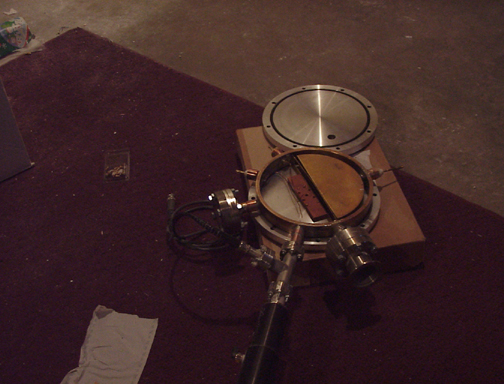Originally posted by Sauron
I don't know Hansen personally, but the Bell Jar is the most respected amateur high vacuum publication there is. I am not an electronics type and so
cannot speak to the particulars but I'd drop Steve a note and ask him for clarification before dismissing those diagrams and details out of hand. You
might be surprised.
The Zeolite 13X trap article was by its developers and was originally published in a peer reviewed journal. As mentioned the use of this technique is
based upon the experimental observation that at the normal limits of a two stage mechanical oil sealed pump, the remaining vapors are water outgassing
from metal surfaces and oil backdiffusing from pump. The idea of using Zeolite 13X to trap both of these was and is highly succesful and is now
commercially available and widely used. So for many applications diffusion pumps and other auxiliary high vacuum pumps are no longer needed. As I'm
sure you know, they are expensive, the Hg types are hazardous and the oil types require a really good roughing pump. So from my point of view
eliminating them, as long as the ultimate vacuum remains in the required range and pumping speed is still adequate, is very very desirable. The glass
diffusion pumps from Ace and Kontes etc. run $1500-$4000 with controllers for heater elements and without Hg or oil. Ouch! And you still need the
roughing pump, a cryo trap, gauges, valves etc. Dropping the diffusion pump(s) and optionally the cryo trap saves a lot of money. (Still works better
with a cryo trap than without.) |





 I am preaching to the choir.
I am preaching to the choir.


